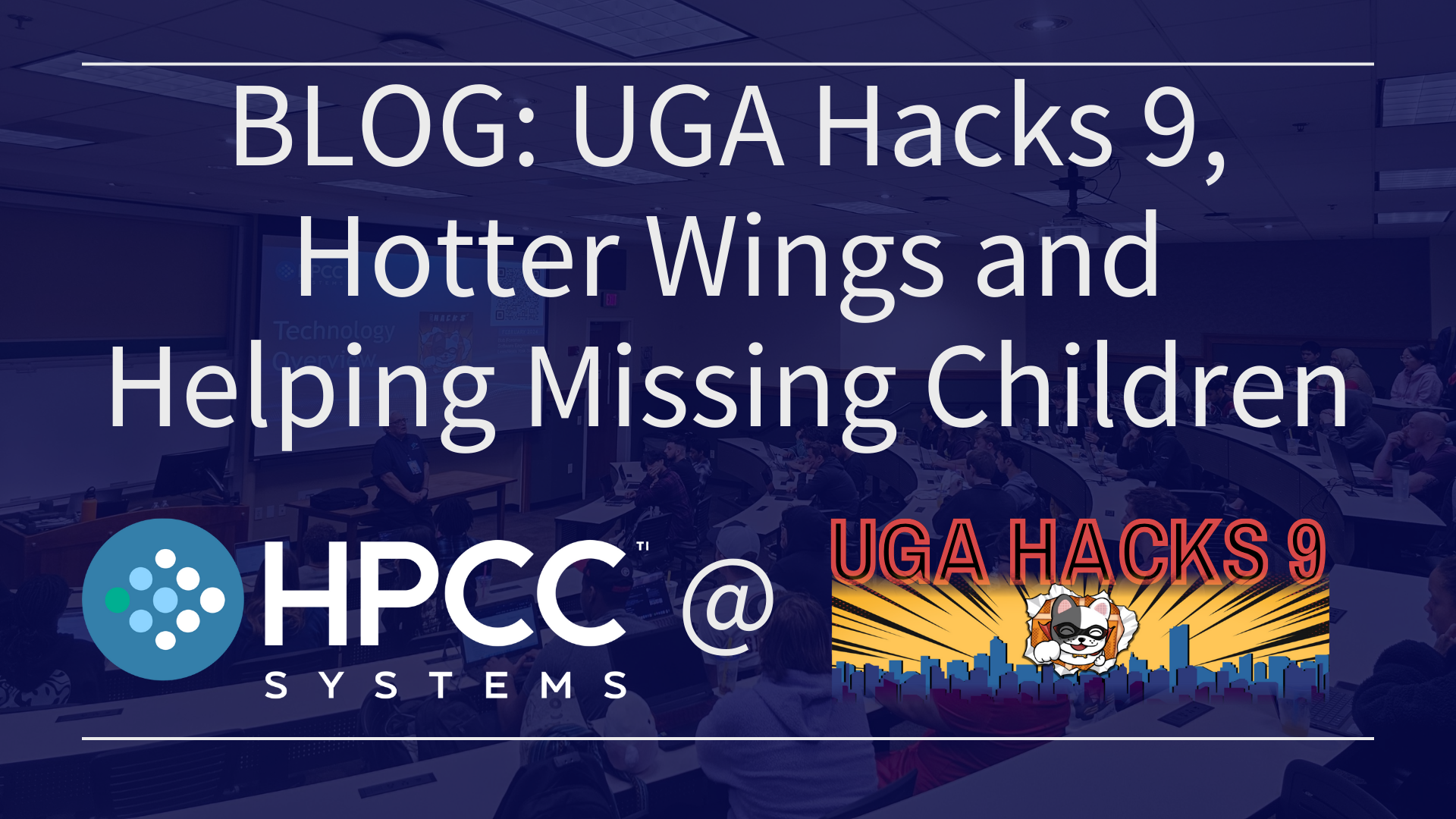World Blood Donor Day 2025: Honoring the Heroes of Life
Picture this: a world where countless lives are saved every day, not by superheroes in capes, but by ordinary people with an extraordinary gift to give. These are the blood donors, the unsung heroes who, on June 14th, we come together to celebrate during World Blood Donor Day (WBDD).
The Power of a Simple Act
World No Tobacco Day 2025: Uniting for a Tobacco-Free Future
Every year, on May 31st, World No Tobacco Day serves as a powerful reminder of the devastating impact that tobacco use has on individuals, families, and communities worldwide. Established by the World Health Organization (WHO) Member States in 1987, this global event aims to raise awareness about the dangers of tobacco use and advocate for effective policies to reduce tobacco consumption.
The Toll of Tobacco
Viral hepatitis testing and treatment in community pharmacies: a systematic review and meta-analysis
eClinicalMedicine, Volume 69, March 2024




